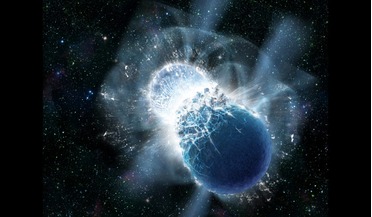 16 October 2017
First detected neutron star merger reveals more than gravitational waves
16 October 2017
First detected neutron star merger reveals more than gravitational waves
... that although are small in size (I.e in radius), they more than make up for it in mass; neutron stars. Neutron stars are the smallest, densest known stars to exist and they typically have a radius of around 10 kilometres (6.2 miles), but have masses...
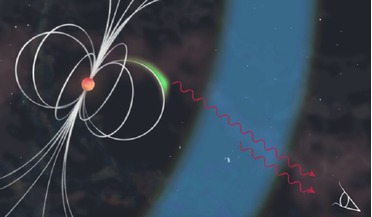 13 January 2016
High-energy theory models questioned as neutron star produces most energetic pulsed emission radiation ever detected
13 January 2016
High-energy theory models questioned as neutron star produces most energetic pulsed emission radiation ever detected
... Earth-bound chroniclers as early as 1054 A.D. The remaining compact and very dense neutron star, is so-called because the star’s main constituent is neutrons, produced when the collapsing core essentially melts protons and electrons into each other...
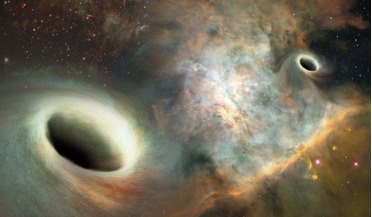 08 November 2021
Latest gravitational wave catalogue details 35 new detections
08 November 2021
Latest gravitational wave catalogue details 35 new detections
... from the first black hole-neutron star merger and the first binary neutron star merger; an event which also... starting to appreciate the wonderful diversity of black holes and neutron stars. Our latest results prove that they come in many sizes...
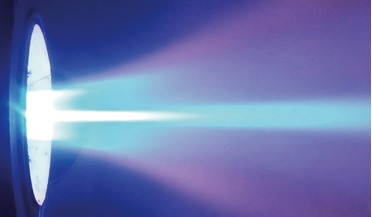 October 2020
Superconductors - key to unlocking high power space missions
October 2020
Superconductors - key to unlocking high power space missions
... has approved funding to the MEESST (Magnetohydrodynamic Enhanced Entry System for Space Transportation) consortium, of which both Neutron Star Systems and the University of Stuttgart (IRS) are members. The project will design, build, and test...
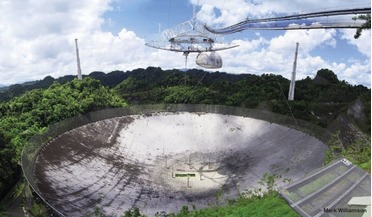 July 2021
Arecibo - an astounding legacy
July 2021
Arecibo - an astounding legacy
... millisecond pulsar, PSR 1937+21, was also discovered in 1982. It has a pulse period of 1.6 milliseconds, meaning that the neutron star is rotating 640 times each second. This established the existence of a second class of pulsars and required new...
 September 2017
Telescope targets enigmatic deep space mystery
September 2017
Telescope targets enigmatic deep space mystery
... can be grouped into two categories: FRBs are either caused by relatively rare explosive collisions between old neutron stars or white dwarfs, or they are more common, periodic outbursts or flares from younger, rapidly spinning pulsars. The...